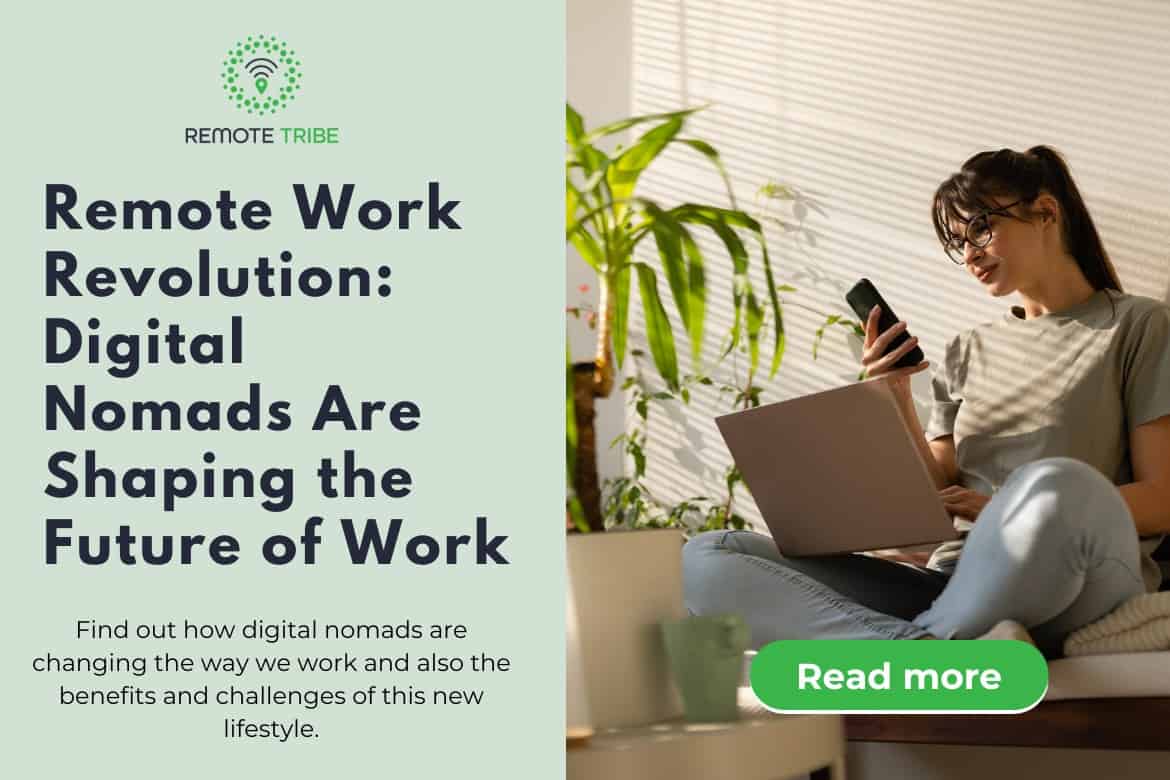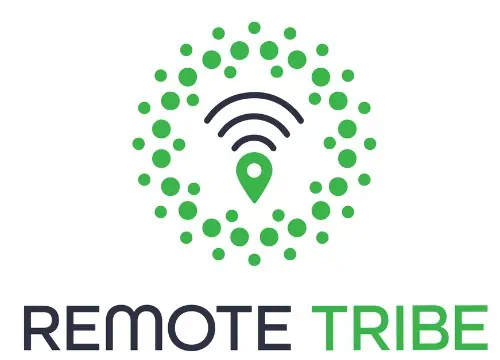Remote Work Revolution: Digital Nomads Are Shaping the Future of Work
October 26, 2023
4 Mins Read
746 Views
0 Comments

Written By
Andrew Williams is the Founder of Remote Tribelife, an online magazine for digital nomads and remote working. Andrew has an extensive background in SEO and content marketing. His experience with digital marketing goes back to his early age in University when he founded a blog about startups and funding. He does his best writing in the coffee shops in Bali or in the condos of busy cities like Bangkok and Singapore. He is currently based in Singapore. You can connect with Andrew on his Linkedin profile and/or follow Remote Tribelife on Instagram.
Remote Work Etiquette: Best Practices for Professionalism and Productivity
March 18, 2025
13 Min Read








